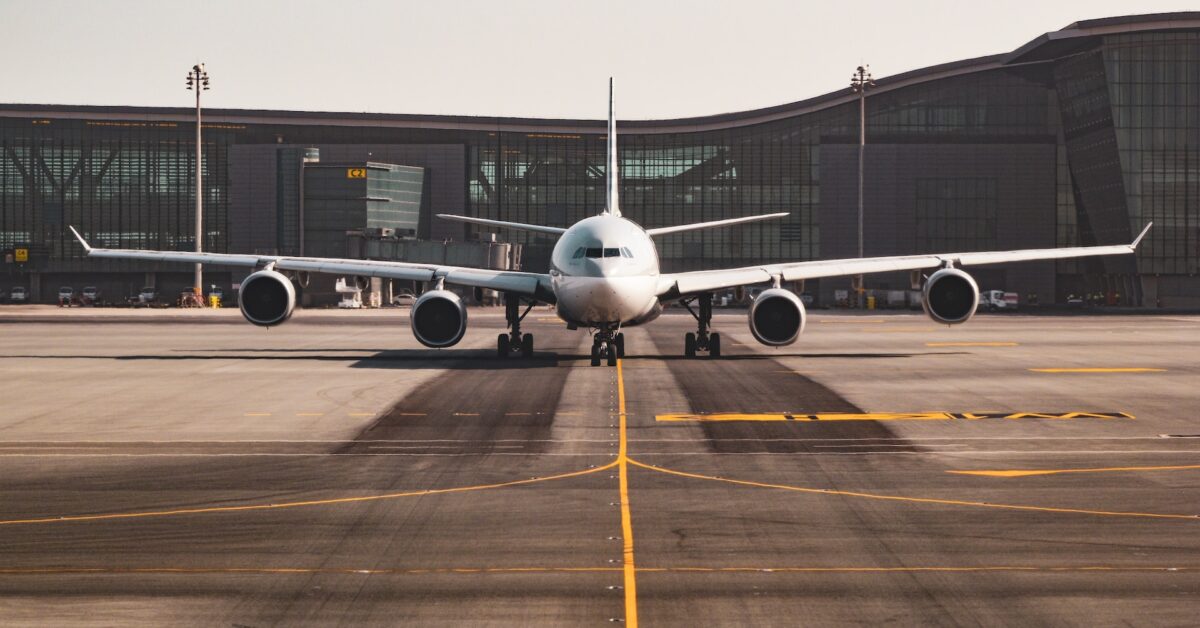Aircraft fasteners are essential for securing various components together. They also transfer loads from one part to another in production and repair applications.
They are available in a range of designs and substances. Some examples are bolts, rivets, nuts, screws, and coverings. Considering the importance of high-quality products, you should only work with reputable companies in the aviation industry, such as Motrec for example. Using only high quality products from reputable providers will decrease the chance of problems arising with the function of aircraft and other associated systems, thus improving overall safety.
Bolts
Bolts are among the most often used fasteners in aviation. They put together every component that goes into an airplane.
Aviation bolts and screws available at any aircraft hardware distributors are designed to take a lot of stress, including shear, tension, vibration, and expansion/contraction. They are also explicitly torqued to distribute loads throughout the aircraft.
They are made from alloy steel, stainless or corrosion-resistant steel, aluminum alloys, and titanium. Titanium is hard, strong, and lightweight, making it ideal for fasteners with extreme stress and temperature changes.
Bolts come in various finishes, including black oxide (a processed black rust), chrome, and zinc plated. Zinc-plated coatings are used to enhance their durability and corrosion resistance.
Rivets
Unlike bolts, rivets are permanent fasteners that cannot be removed easily. These lightweight metal fasteners are available in many sizes and can be used to join various aircraft materials securely.
They can also connect two pieces of material that are close together, like an airplane’s wings. They are the most common type of fasteners in aviation.
Rivets are manufactured from several different materials, including steel and aluminum. These alloys are often cold-formed (made without heat) to produce durable, strong parts that can withstand harsh environments.
These rivets can be fabricated in some head styles, including protruding and universal heads. Some manufacturers also offer countersunk and 100 deg—blind head styles.
Dzus fasteners
Dzus fasteners are quarter-turn fasteners used in a variety of aerospace applications. These fasteners are commonly used to secure access panels or covers, typically made from steel or stainless steel.
Dzus fasteners vary, including flush head, winged, and self-ejecting types. Flush heads benefit aluminum and steel panels, while winged Dzus fasteners offer higher aerodynamic properties than the traditional type.
Dzus fasteners are a proprietary fastener type that uses a quarter-turn lock design to ensure the component stays securely locked. This is especially important when the fastener needs to be removed for inspections or maintenance.
Pins
Pins often secure components by driving them into a hole, where the insertion force is sufficient to hold the pin. The resulting connection may be stronger or more compliant than a threaded fastener.
The retaining mechanism is usually a cotter pin, a solid pin with a flat face designed to prevent rotation. This enables the pin to be driven securely into a range of holes.
Cotter pins are common for applications requiring heavy-duty components insertion into small or medium-sized holes. They can be combined with a clevis to assemble multiple accessories or with a hitch pin clip to secure frequently disconnected and reconnected equipment.
Cotter pins can be produced in a variety of sizes and materials. They are also manufactured by different processes, including turning, drilling, and rolling.


